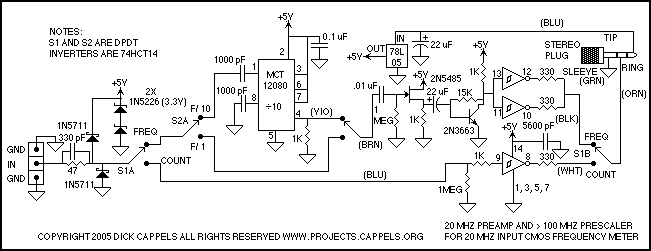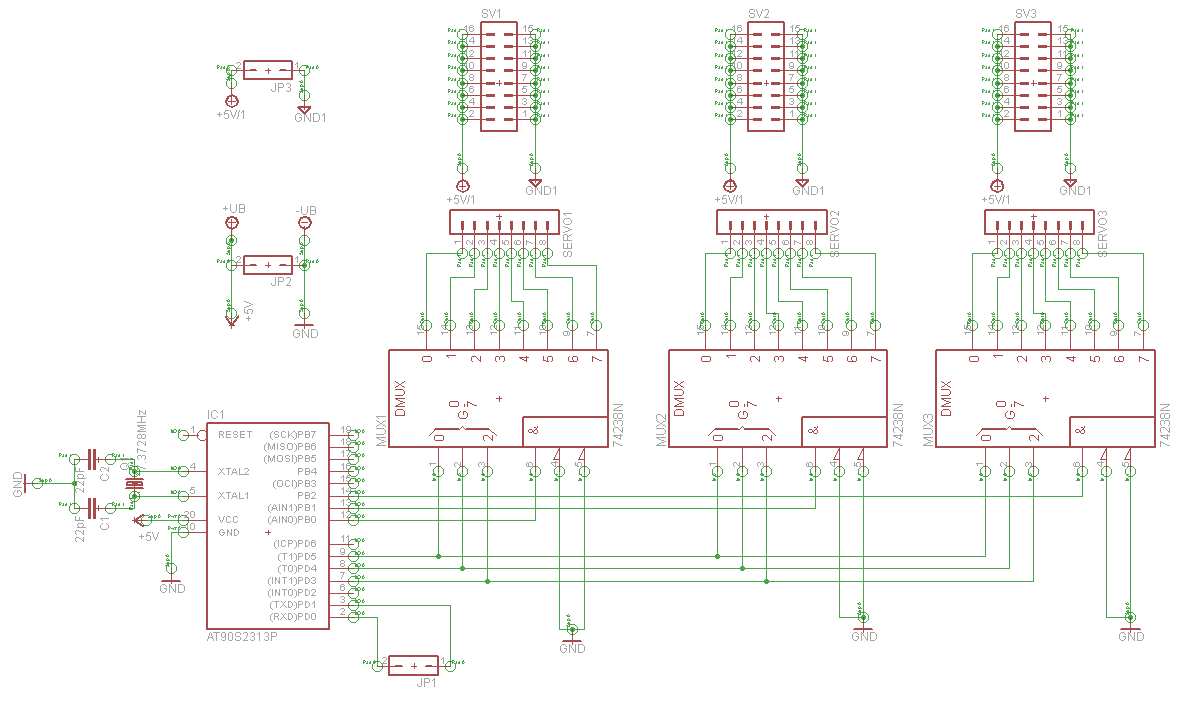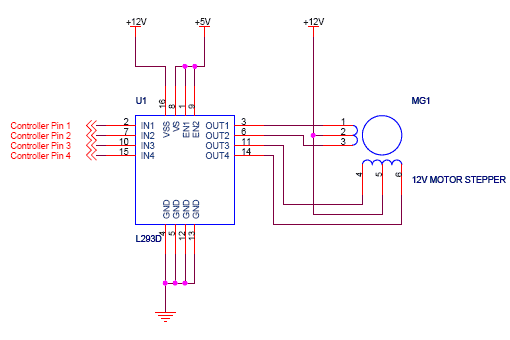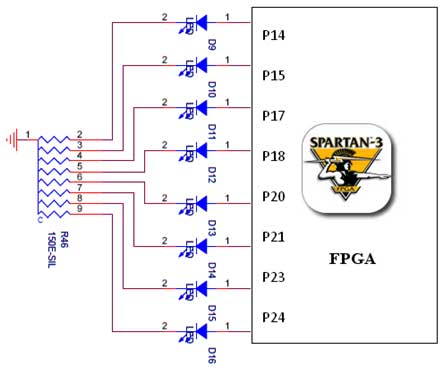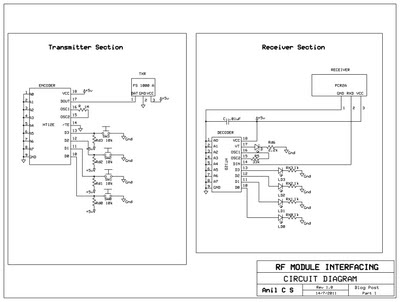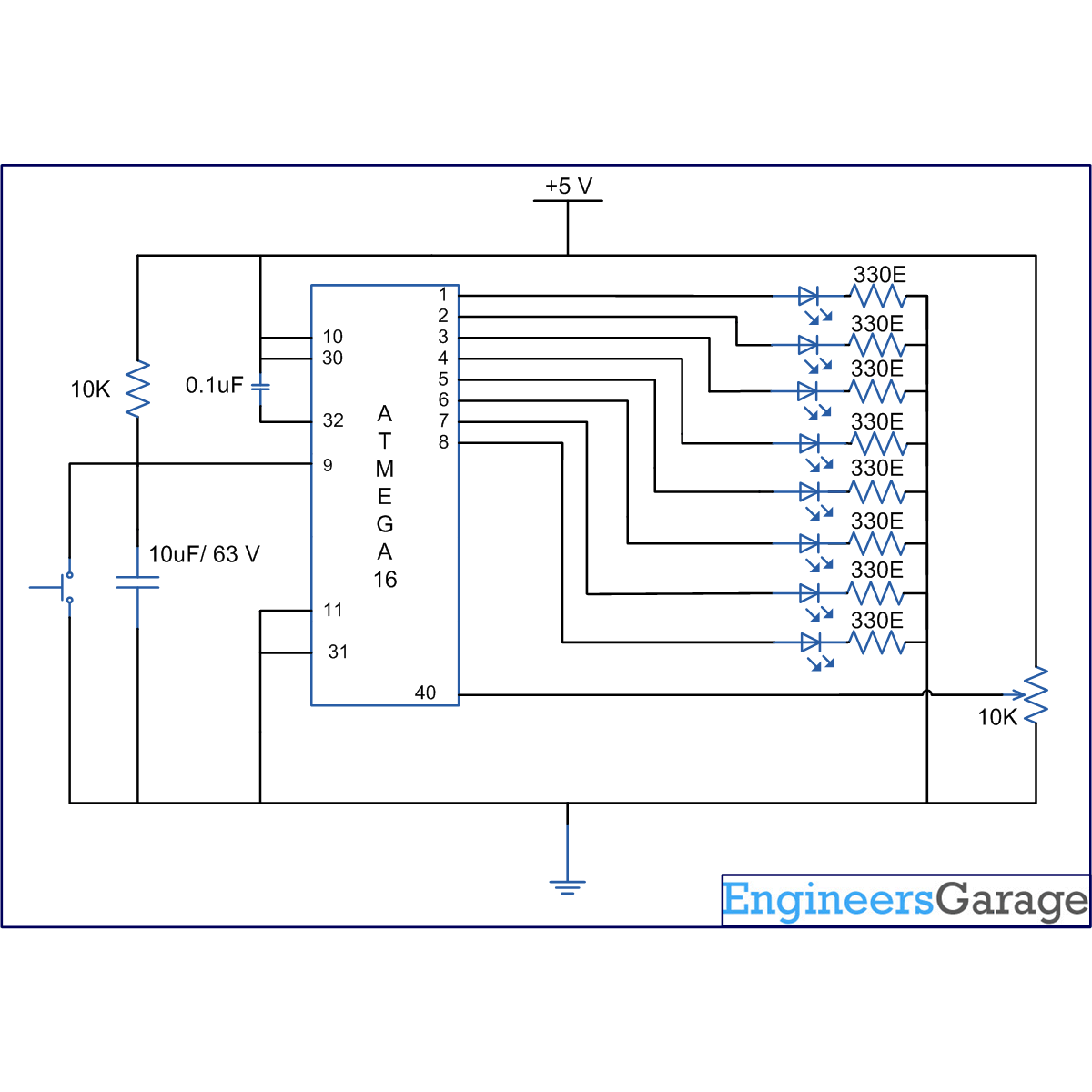
Interfacing DRAM M5M44800 Memory with AVR AT90S8515
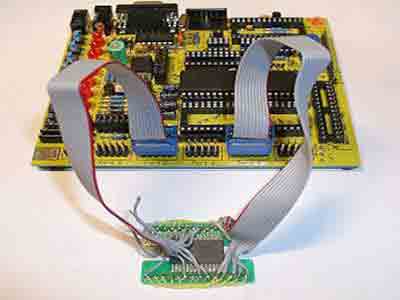
Is it possible to use DRAM with microcontroller AVR? Yes, it is possible. Jesperh has proved it. He hooked up a DRAM to a small processor (in this case an Microcontroller Atmel 8515), and handle the RAS/CAS sequencing and refresh in software. The type of DRAM is Hitatchi M5M44800, a 512k*8 DRAM!. Bigger than the original memory of microcontroller AT90S8515 that is 512 byte RAM. The project use C to programm it. The chip required small power consumption, only takes about 2-3 mA when just refreshing and with a low access rate. But, the consequency is it will be relatively slow and put some extra load on the CPU, but if you need a cheap, large RAM memory and can accept the overhead, this is the way to go. But, with more bigger memory you get. It would not to bad to try isn't.
The integration of Dynamic Random Access Memory (DRAM) with a microcontroller, specifically the Atmel 8515, represents a significant enhancement in memory capacity and functionality. The Hitachi M5M44800 DRAM chip, which features a capacity of 512 kilobits organized as 64K x 8 bits, allows for a substantial increase in memory compared to the microcontroller's native 512 bytes of RAM.
In this configuration, the microcontroller must manage the DRAM's Row Address Strobe (RAS) and Column Address Strobe (CAS) signals, which are critical for addressing the memory cells within the DRAM. This management can be accomplished through software routines programmed in C, enabling the microcontroller to perform the necessary sequencing and refreshing of the DRAM.
The power consumption of the M5M44800 DRAM is relatively low, typically ranging from 2 to 3 milliamps during refresh cycles, making it suitable for battery-operated or low-power applications. However, the trade-off for this increased memory capacity is a decrease in access speed and an additional computational load on the CPU, which must handle the overhead of managing the DRAM.
This setup is particularly advantageous for applications that require larger memory storage without incurring significant costs, as DRAM chips are generally cheaper per bit compared to static RAM (SRAM). While the performance may not be ideal for time-critical applications, the ability to utilize a larger memory space can be beneficial for data-intensive tasks.
In summary, using DRAM with the Atmel 8515 microcontroller is feasible and can provide a cost-effective solution for applications requiring more memory, provided that the limitations regarding speed and CPU load are acceptable.Is it possible to use DRAM with microcontroller AVR? Yes, it is possible. Jesperh has proved it. He hooked up a DRAM to a small processor (in this case an Microcontroller Atmel 8515), and handle the RAS/CAS sequencing and refresh in software. The type of DRAM is Hitatchi M5M44800, a 512k*8 DRAM!. Bigger than the original memory of microcontroller AT90S8515 that is 512 byte RAM. The project use C to programm it. The chip required small power consumption, only takes about 2-3 mA when just refreshing and with a low access rate.
But, the consequency is it will be relatively slow and put some extra load on the CPU, but if you need a cheap, large RAM memory and can accept the overhead, this is the way to go. But, with more bigger memory you get. It would not to bad to try isn't. 🔗 External reference
The integration of Dynamic Random Access Memory (DRAM) with a microcontroller, specifically the Atmel 8515, represents a significant enhancement in memory capacity and functionality. The Hitachi M5M44800 DRAM chip, which features a capacity of 512 kilobits organized as 64K x 8 bits, allows for a substantial increase in memory compared to the microcontroller's native 512 bytes of RAM.
In this configuration, the microcontroller must manage the DRAM's Row Address Strobe (RAS) and Column Address Strobe (CAS) signals, which are critical for addressing the memory cells within the DRAM. This management can be accomplished through software routines programmed in C, enabling the microcontroller to perform the necessary sequencing and refreshing of the DRAM.
The power consumption of the M5M44800 DRAM is relatively low, typically ranging from 2 to 3 milliamps during refresh cycles, making it suitable for battery-operated or low-power applications. However, the trade-off for this increased memory capacity is a decrease in access speed and an additional computational load on the CPU, which must handle the overhead of managing the DRAM.
This setup is particularly advantageous for applications that require larger memory storage without incurring significant costs, as DRAM chips are generally cheaper per bit compared to static RAM (SRAM). While the performance may not be ideal for time-critical applications, the ability to utilize a larger memory space can be beneficial for data-intensive tasks.
In summary, using DRAM with the Atmel 8515 microcontroller is feasible and can provide a cost-effective solution for applications requiring more memory, provided that the limitations regarding speed and CPU load are acceptable.Is it possible to use DRAM with microcontroller AVR? Yes, it is possible. Jesperh has proved it. He hooked up a DRAM to a small processor (in this case an Microcontroller Atmel 8515), and handle the RAS/CAS sequencing and refresh in software. The type of DRAM is Hitatchi M5M44800, a 512k*8 DRAM!. Bigger than the original memory of microcontroller AT90S8515 that is 512 byte RAM. The project use C to programm it. The chip required small power consumption, only takes about 2-3 mA when just refreshing and with a low access rate.
But, the consequency is it will be relatively slow and put some extra load on the CPU, but if you need a cheap, large RAM memory and can accept the overhead, this is the way to go. But, with more bigger memory you get. It would not to bad to try isn't. 🔗 External reference
